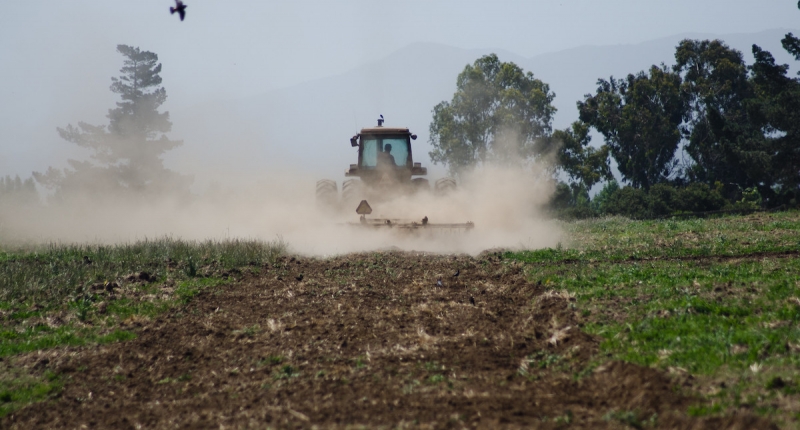Building A ‘Solution Space’ for Soil

The original version of this press released was by produced by the Yale School of Forestry and Environmental Studies
There is growing interest in the potential for soil carbon to mitigate climate change, brought into the public sphere at the 2015 United Nations Climate Change Conference (COP21) in Paris, France. There, the French government launched an international initiative called “4per1000,” aimed at offsetting greenhouse gases by building soil carbon.
The ambitious initiative has increased visibility, but also led to disagreements among scientists over how much carbon can realistically be stored in soil.
In an opinion published this week in Nature Sustainability, a team of scientists from our Science for Nature and People Partnership (SNAPP) argue that this disagreement, while part of the normal scientific process, is undermining the potential for policymakers to implement policies that build soil carbon for other environmental and agricultural benefits.
“A lot of scientists began arguing about the feasibility of increasing soil carbon year-on-year at a rate consistent with the 4per1000 goal,” said Mark Bradford, professor of soils and ecosystem ecology at the Yale School of Forestry & Environmental Studies (F&ES). “There were many good scientists backing this initiative, but many others who were skeptical of the number.”
Disagreements among scientists about the effectiveness and plausibility of rebuilding soil carbon to combat climate change have become more frequent, Bradford explained. When these arguments reach the public sphere, they appear adversarial, making it challenging for policymakers to know whose numbers and knowledge to use, undermining strong evidence for how soil carbon impacts other environmental and agricultural outcomes.
“For me and a number of others, the arguments missed the point,” said Bradford.
According to teammate Stephen Wood, the benefits of soil carbon go beyond climate mitigation.
“Rebuilding soil carbon on agricultural lands is important to building sustainable and resilient agricultural systems. We need to make sure that the debate about how to mitigate climate change doesn’t undermine efforts to build soil health for the many other things we care about, like agricultural productivity and water quality,” said Wood, who is a soil scientist at The Nature Conservancy and associate research scientist at Yale.
The SNAPP research team, led by Wood, has been focused on getting the state of the science for managing soil carbon and has brought together conservationists, scientists, and policymakers to get the big picture on the potential benefits of soil carbon.
In the comment, the team lays out both the agreements in soil science and the uncertainties, while also outlining plans for how the issue can move forward. They argue that “action can happen despite unanswered scientific questions,” and that by raising awareness of the latest scientific soil knowledge, they are helping scientists, policymakers, and practitioners “navigate ongoing debates about soil carbon and help build a climate-adaptive agriculture.”
“We're not trying to come out on either side of the mitigation debate,” explained Bradford. “All we’re saying is that on the soil health side, let's not undermine these international, national, sub-national level initiatives. We’re trying to build out a solution space centered on the protection and restoration of one of our most important natural resources.”
The Science for Nature and People Partnership is a collaboration between the National Center for Ecological Analysis and Synthesis (NCEAS) at UC Santa Barbara, The Nature Conservancy, and Wildlife Conservation Society.
